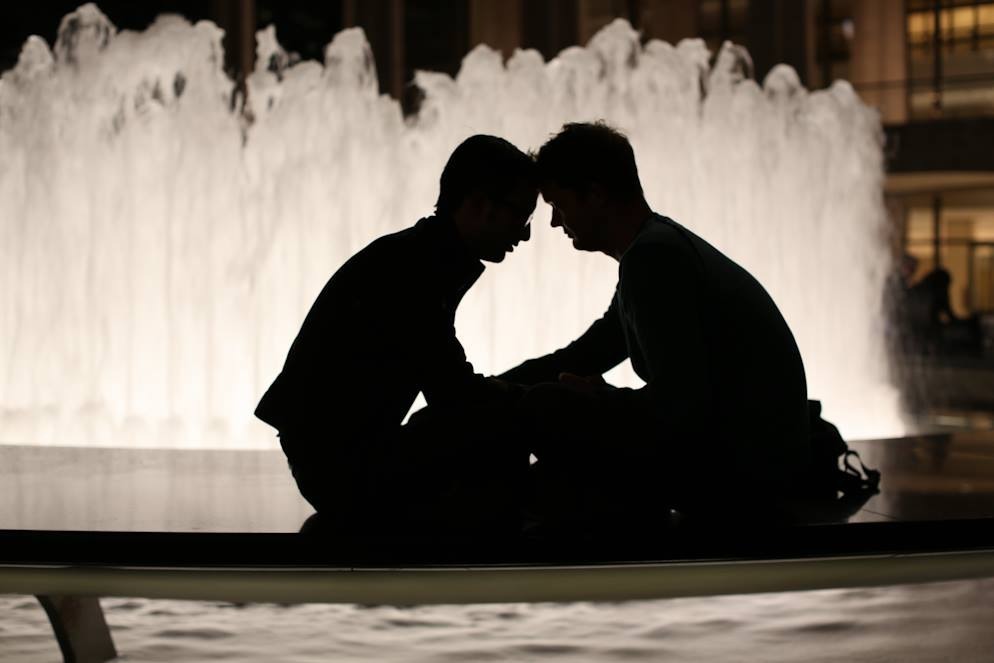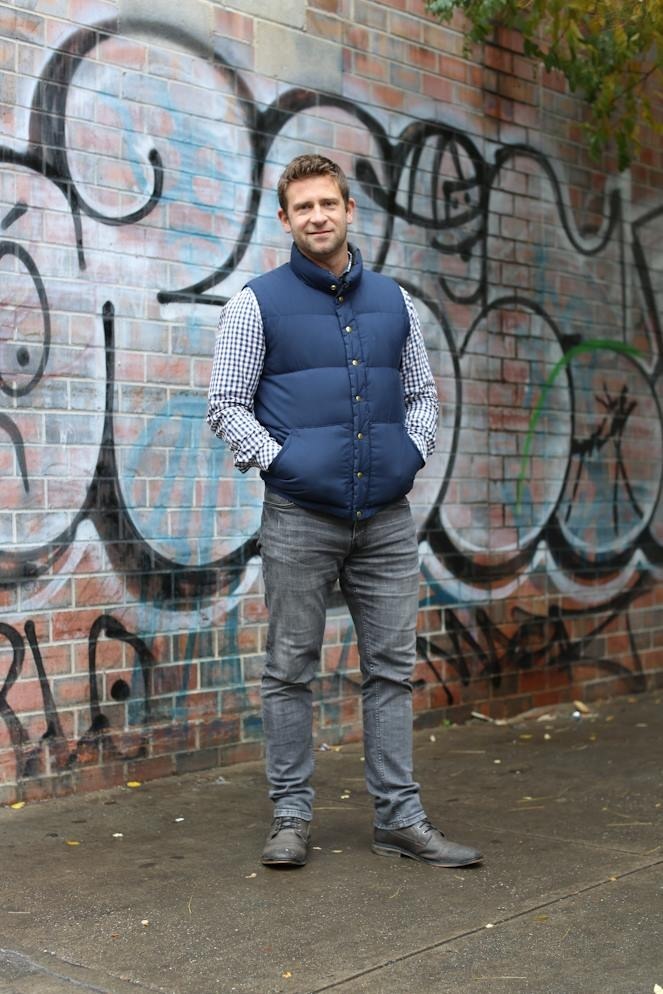This is part two on my series on art and theology. For part one, click here.I want to revisit the piece of art done by Banksy that I talked about in my last post.
 |
| This image is from Better Out Than In |
This piece tells a story. It is shouting at us to see this man waiting for his lover by the club door. We don't know why he's waiting. We don't know who he is. And yet, in this waiting man we are able to see more than just the man. We see his love. We see his grief over the absence of his lover. We see parts of ourselves in this work that we can relate to.
This picture tells a story of the human condition. In this man we see our neighbors, our friends, our family.
In this man we see ourselves.
We are drawn to portraits like this one because in the subject of the portrait we can see a glimpse of ourselves. In their portraits we see their humanity.
And in their humanity, we see art.
There is precedent for looking at humanity as an art.
"So God created humankind in God's image, in the image of God, God created them; male and female God created them." (Genesis 1:27)The image of God.
Images. Icons. Photographs. Portraits. People.
All of humanity is created in the image of God.
Do we stop to take the time to seek this image of God in our neighbor? Do we only see the image of God in icons, or photographs, or portraits? Do we listen to what God says outside of scripture?
We look people who surround us, at the theater, at the coffee shop, at the bar, at work, on the side of the road, but do we see them?
Do we stop to talk to them? Do we see their faces? Do we listen to stories?
Do we find the image of God in them?
Or do we need someone to take their picture like Brandon from Humans of New York? Someone who is willing to stop, look at these women and men who get passed by day after day, listen to their stories, and then take their picture? Someone who shouts that we might stop, look, and listen ourselves?
 |
| "I'm homeless, and I'm an alcoholic. But I have a dream." "What's that?" "I wanna go fishing." |
 |
| "It's kinda weird having a child of my own, because I'm seeing all the things that my father missed." |
Stop. Look. Listen.
It doesn't seem that hard, but we miss these opportunities all the time.
We make excuses. We tell ourselves we don't have time to stop. We tell ourselves that we have already seen our neighbor. We tell ourselves that we can't talk to the stranger. We say we're doing it to protect ourselves or our families.
We tell ourselves anything to avoid someone who is different from us.
How many different encounters of God are we missing when we do this though?
I've already talked about the "cacophony of voices" that Scripture uses to help us understand bits and pieces of God. But what about the beautiful collage of images that God has created in each and every people that we encounter each and every day?
In this guy?
Let's start looking at people the way God sees them - through lenses of compassion, mercy, grace, forgiveness, and most importantly love.
We make excuses. We tell ourselves we don't have time to stop. We tell ourselves that we have already seen our neighbor. We tell ourselves that we can't talk to the stranger. We say we're doing it to protect ourselves or our families.
We tell ourselves anything to avoid someone who is different from us.
How many different encounters of God are we missing when we do this though?
I've already talked about the "cacophony of voices" that Scripture uses to help us understand bits and pieces of God. But what about the beautiful collage of images that God has created in each and every people that we encounter each and every day?
In this guy?
Or these children?
Or this woman?
All of these people, and many more reflect God in their appearance, in their actions, and in their lives. They all have families, friends, hopes, dreams, fears, joys, griefs, trials, tribulations, and celebrations - stories that are important and powerful. They live complex and complicated lives that mirror our very own. They walk the same journey that you and I will walk every day.
But we get so caught up in our journeys that we simply walk past them, even though we're all walking through life together. We miss out on hearing and being a part of their stories, that are just as delightful, terrifying, or heartbreaking as our own.
 |
| "If I had to do it all over again, I wouldn't change a thing." |
When we don't stop, we walk past God.
When we don't look, we miss seeing God's face.
When we don't listen, we deafen ourselves to God's story.
Let's stop making excuses.
Let's stop looking at people as objects that are either in our way or are a means to an end.
Let's start looking at people as subjects worthy of the same care, attention, and devotion that any artist puts into their work.
Let's start looking at people with the same awe and reverence we give to works of art such as the Mona Lisa or the Sistine Chapel.
Let's start appreciating the living art that God creates and places in our lives every day.
Let's start appreciating the living art that God creates and places in our lives every day.
 |
| This image, and the ones above taken from Humans of New York |
Let's start looking at people the way God sees them - through lenses of compassion, mercy, grace, forgiveness, and most importantly love.



No comments:
Post a Comment